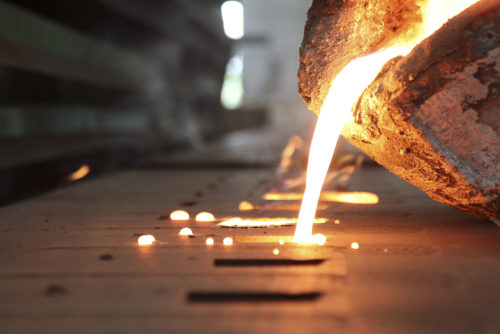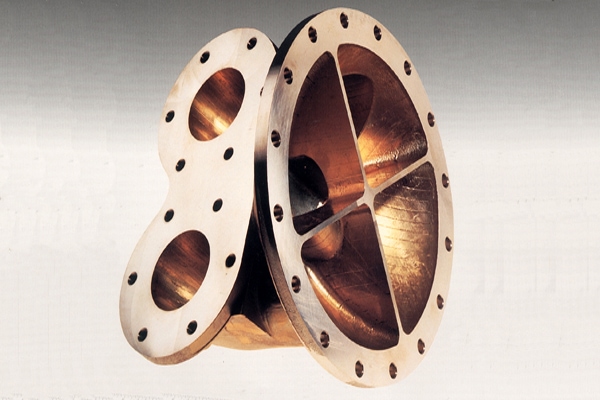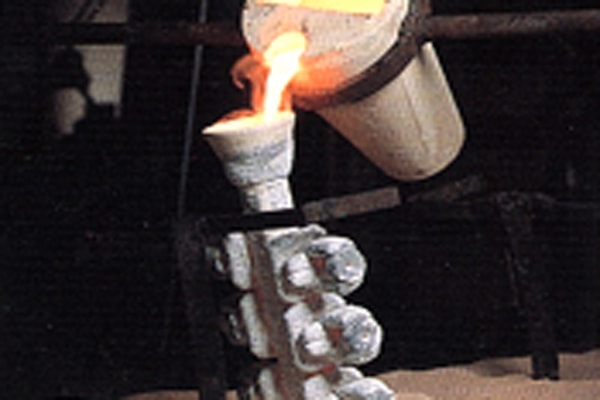Outsourcing Solutions for All of Your Metal Casting Needs

First, the array of available metal casting processes are capable of producing very simple to extremely complex components in almost any metal, ranging in weight from less than an ounce to several hundred tons. In addition, metal casting processes are available that make it economical to produce a single prototype part, while others achieve their economies in creating multiple units. Understanding the metal casting basics can help you design for manufacturability and utilize processes that meet your specific requirements.
The fundamental process of metal casting consists of five basic elements:
- Molding — The mold cavity must be formed from a material that will withstand the operating temperatures and conditions of the chosen casting process and metal.
- Pouring — The molten metal is poured into the mold and travels through its passages to fill the mold cavity.
- Solidification — During the solidification process, the metal cools and becomes a solid shape.
- Mold Removal — The cooled casting is removed from the mold.
- Secondary Operations — The casting is trimmed, cleaned, heat-treated, machined, inspected, painted, etc.


